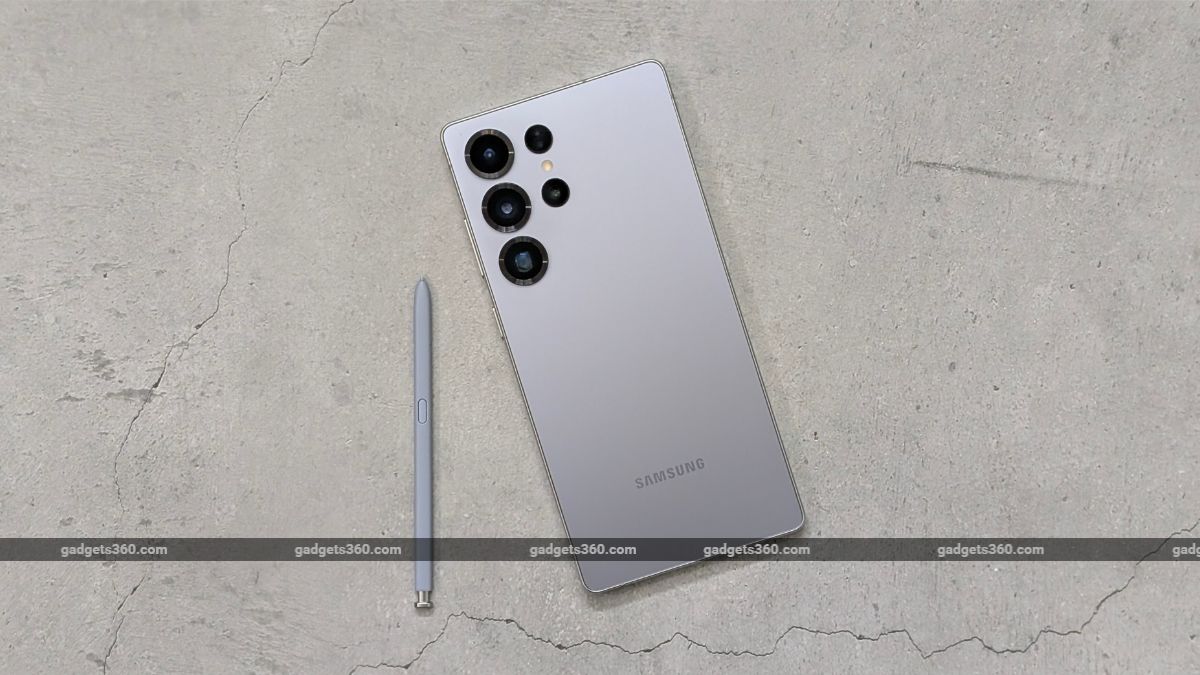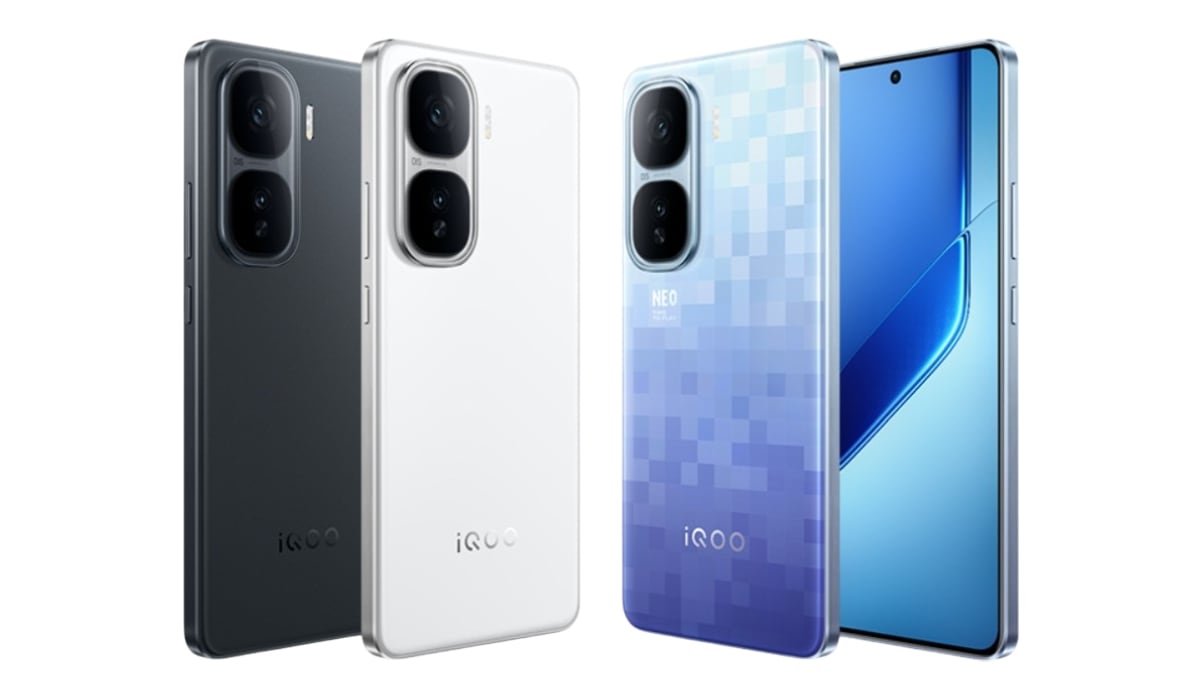
Xiaomi’s Redmi Pad is back! Nearly three years later, Xiaomi has finally released a successor, aptly named the Redmi Pad 2. The Redmi Pad from 2022 was well-received in our review. We praised it for its compact and premium-looking design, its responsive high refresh rate display and good battery life. Its capable processor also played a part in delivering good overall performance. For its Redmi Pad 2, Xiaomi has introduced some upgrades in various areas, but not all of these will immediately capture your attention. Since we have the tablet with us, let’s break it down and find out what’s new.
The Redmi Pad 2‘s design has undergone some upgrades, primarily due to the inclusion of cellular connectivity. The unibody metal design now features a plastic strip at the top, occupying half of the redesigned camera module at the back. This is in place to provide 4G cellular connectivity as the tablet now offers a dual hybrid SIM slot accepting two nano SIM cards or one nano SIM + one microSD card for storage expansion (up to 2TB). The bigger display and battery, along with the addition of cellular connectivity, have made the Redmi Pad 2 heavier at 510 grams for the Wi-Fi model and 519 grams for the cellular model. And so, the tablet feels unexpectedly heavy, given its compact size.
![]()
The Redmi Pad 2 is compatible with two optional accessories that have to be purchased separately
Xiaomi’s new budget tablet also gets some new accessories. There’s no keyboard case yet, but Xiaomi did ship the optional Redmi Pad 2 Cover along with the tablet for review. It’s pretty basic in terms of appearance, but I like that the display wakes up automatically upon opening the cover.
Another optional accessory is the Redmi Smart Pen. It connects via Bluetooth, features two buttons for additional functions, and has a Type-C USB port at one end for charging, along with a tiny LED light that indicates its charging and pairing status. We will test out these optional accessories in our detailed review.
One of the bigger upgrades over the original tablet is cellular connectivity. The Redmi Pad 2 is priced from Rs. 13,999 for the 4GB RAM + 128GB storage variant, which is only available with Wi-Fi and lacks cellular connectivity. For cellular connectivity, you will have to shell out a bit more and go for the 6GB RAM variant that offers 128GB of storage and is priced at Rs. 15,999. The top-end variant offers 8GB of RAM and 256GB of storage and is priced at Rs. 17,999.
![]()
The Redmi Pad 2’s 2.5K display is possibly its second biggest hardware upgrade after the addition of cellular connectivity
Another big upgrade is to do with its display. It remains perfectly flat, but it has grown in size from 10.61 inches to 11 inches. The important bit here is the screen’s resolution, which has gone up from 2K (1,200 x 2,000 pixels) to 2.5K, giving you 1,600 x 2,560 pixels with a sharper 274 ppi. The IPS LCD panel still has the same 90Hz screen refresh rate as before. It’s of the adaptive variety and basically switches between 30, 60 and 90Hz. Being a tablet, the display’s borders on the old Redmi Pad were thin enough, and their thickness remains nearly the same on the new model. Given my limited usage, I noticed that it does get sufficiently bright indoors, but you will have to wait for my review to know if it performs well outdoors.
![]()
The Redmi Pad 2 finally gets 4G dual SIM connectivity
Accompanying the new display is the quad-speaker setup that retains Dolby Atmos and Hi-res audio support. The new addition this time is the 3.5mm headphone jack, which was missing on the previous model. You can now enjoy some good old FM radio by plugging in wired earphones.
The new processor may sound like an upgrade, but it isn’t. The MediaTek Helio G99 has been replaced with a MediaTek Helio G100 Ultra processor. It may sound like a lot, but it is basically the same chip with a new name. It offers a maximum clock speed of 2.2GHz, an octa-core architecture and is built using the same 6nm fabrication process. It also has the same Mali-G57 MC2 as before. So, we can expect the same performance figures as we did a few years ago when we tested the Redmi Pad. With the added screen resolution and the new HyperOS 2 (based on Android 15) with a sprinkle of AI tools, we hope that the processor will keep up in our testing.
![]()
While the design of the camera module has changed, the underlying hardware remains the same as on the Redmi Pad
One piece of hardware that might help the 6nm processor keep up with the times is the higher capacity 9,000mAh battery. It is a bump up from the 8,000mAh battery in the Redmi Pad. Charging remains the same as before, at 18W, and we are glad that the tablet ships with a charger and charging cable in the box. However, the charger included in the box is limited to 15W.
Cameras remain the same as before. There’s an 8-megapixel rear-facing camera with autofocus and a 5-megapixel front-facing camera for selfies. The phone lacks a secure form of biometric authentication (2D face unlock only), and so you will have to rely on the good old passcode or pattern lock for unlocking the tablet.
Xiaomi surely seems to have provided some interesting upgrades over the previous Redmi Pad model. But given that its processor remains the same, we are a bit skeptical about its performance, which we will test for our detailed review. Xiaomi has definitely managed to capture everyone’s attention with the Redmi Pad 2, and this is mainly due to its price. With the tablet retailing from Rs. 13,999 for the base 4GB RAM variant, it sure makes for an attractive option as a basic and budget media consumption device. But how does it perform with day-to-day usage? And are there better budget tablet options available at this price point? Find out more in our detailed review, which will be out soon.
RELATED POSTS
View all


